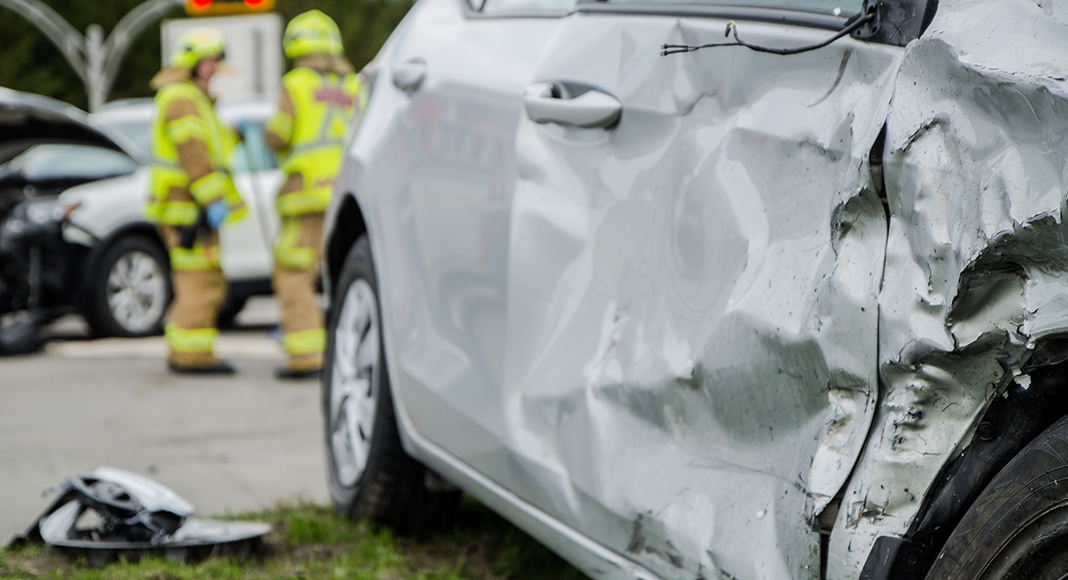More than 46,000 people lost their lives in preventable crashes in 2022 for the second consecutive year, according to the latest National Safety Council (NSC) estimates.
The safety organisation said the mileage death rate last year also increased nearly 22 per cent compared to pre-pandemic levels in 2019.
“From drivers and passengers to pedestrians and cyclists, road users of all ages are perishing in preventable crashes in the United States,â said Lorraine Martin, NSC president and CEO.
âWords matter, and as a country, we need to learn and understand that there are no vehicle accidents. Each crash that occurs on Americaâs roads is entirely preventable and unacceptable. We must change the way we think about designing and moving around in our communities, understanding that people will make mistakes and the cost of those mistakes should not be serious injury or death.â
A significant step towards modifying how America talks about roadway incidents occurred with the update in language from âaccidentsâ to âcrashesâ in the bipartisan Infrastructure Investment and Jobs Act.
Just a few months later, the National Roadway Safety Strategy was released by the US Department of Transportation. It set a goal of zero fatalities for US roads â the first time by the federal government â and adopts the Safe System approach, which takes a holistic look at road safety.
Eight states and the District of Columbia took a step towards zero in 2022, seeing a ten per cent or higher drop in traffic deaths according to the Councilâs preliminary estimates: Oklahoma (-25 per cent), Idaho (-19 per cent), Rhode Island (-17 per cent), District of Columbia (-15 per cent), West Virginia (-15 per cent), Montana (- 14 per cent), Minnesota (-12 per cent), South Dakota (-12 per cent) and Arizona (-ten per cent).
However, ten states experienced a rise in deaths of 14 per cent or more last year: Alaska (+27 per cent), Hawaii (+24 per cent), Wyoming (+20 per cent), Maine (+20 per cent), New Hampshire (+19 per cent), Delaware (+19 per cent), Connecticut (+17 per cent), Nebraska (+16 per cent), Washington (+14 per cent) and Indiana (+14 per cent).



















